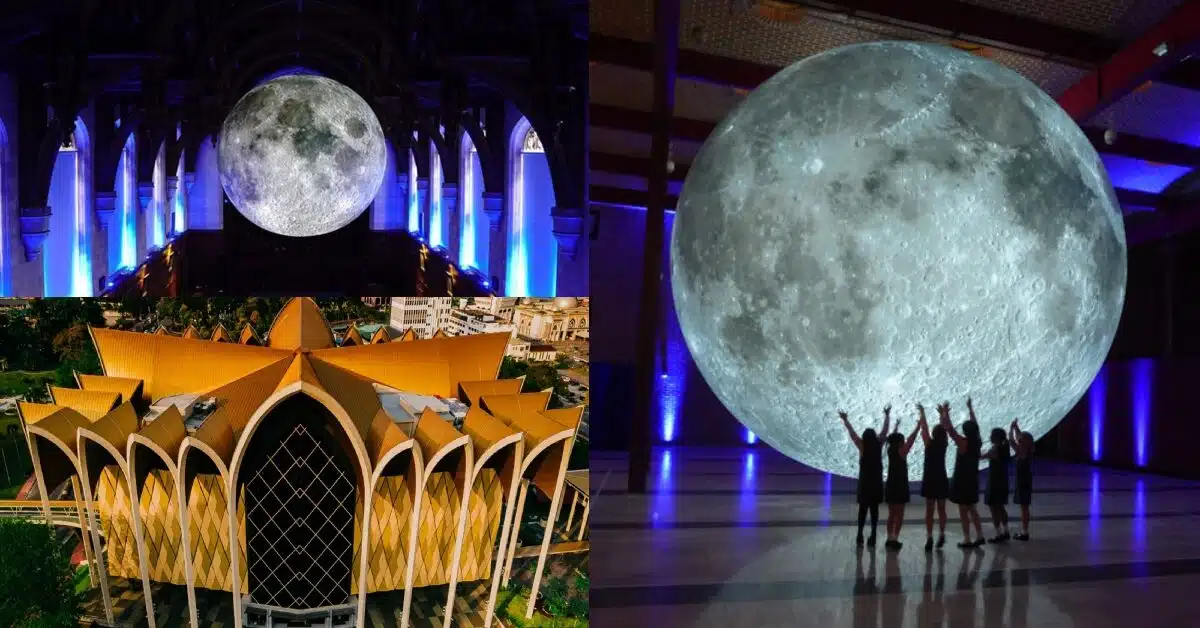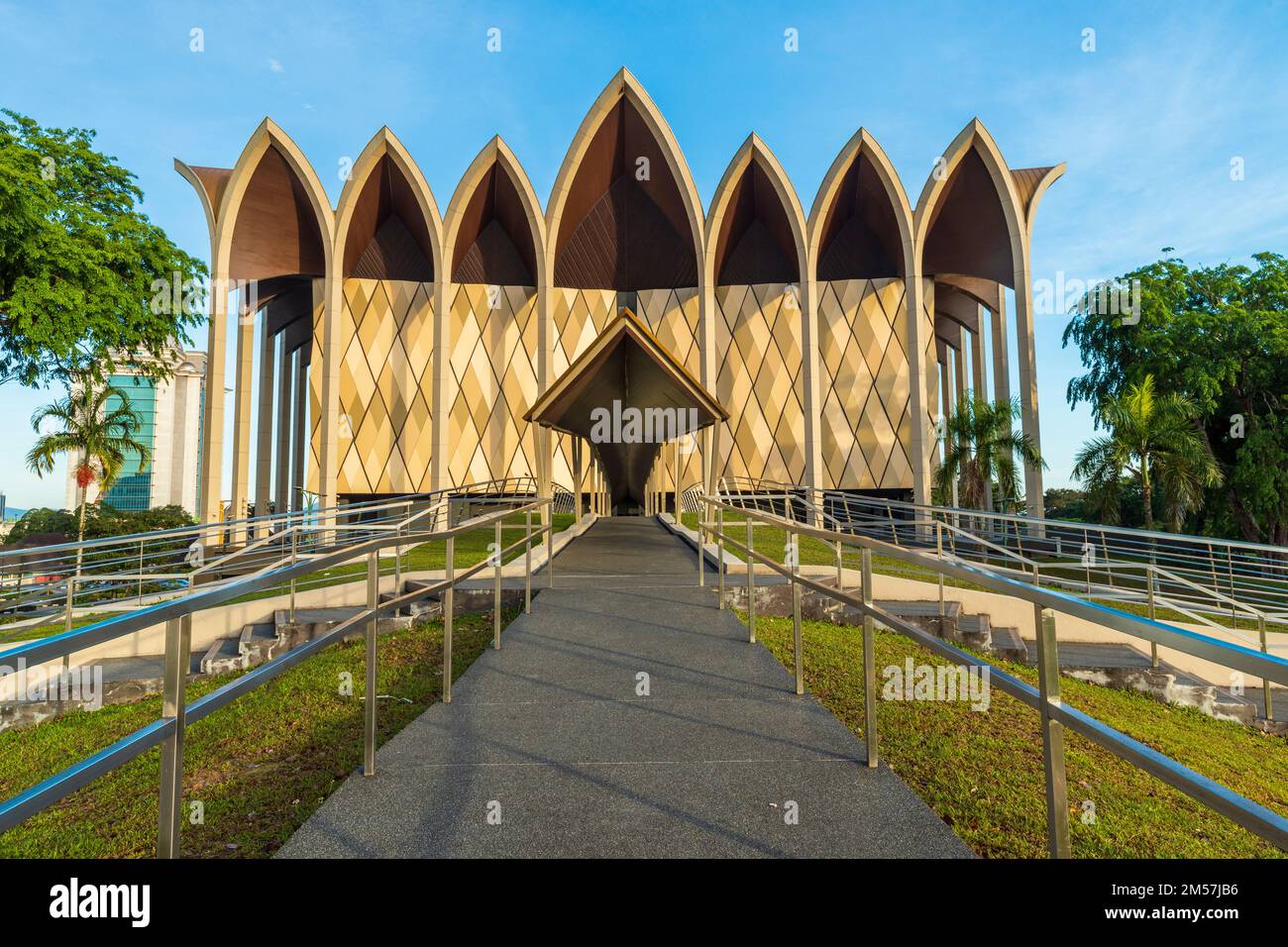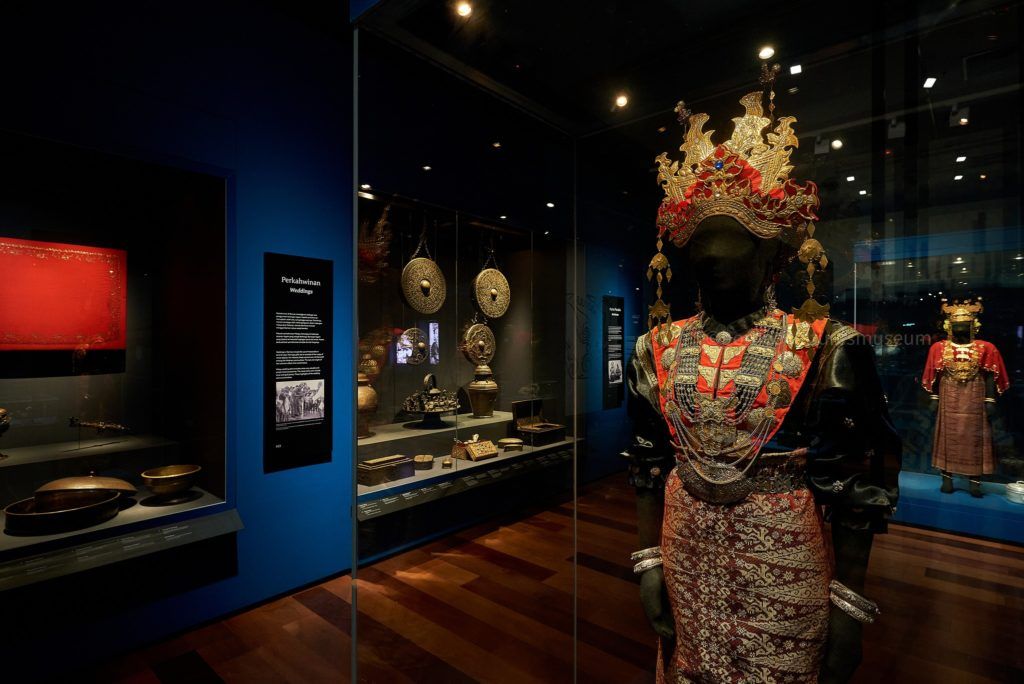Discover the Essence of Borneo Cultures Museum
Wiki Article
Immerse Yourself in the Diverse Societies of Borneo at the Museum: Leading Things to Do for a Social Experience
Getting started on a social trip at the museum to explore the varied societies of Borneo offers a special chance to look into the rich heritage and traditions of this exciting area. From typical artifacts and textiles that inform tales of ancient workmanship to engaging in hands-on cultural workshops that provide a deeper understanding of regional personalizeds, there is a wide variety of experiences waiting for visitors. Nonetheless, it is not merely regarding observing but likewise proactively joining real-time performances, tasting genuine Bornean cuisine, and signing up with guided excursions that provide a detailed insight into the complex tapestry of Borneo's cultural landscape.Explore Typical Artifacts and Textiles
Checking out the collection of conventional artefacts and fabrics at the gallery provides an exciting glance into the abundant cultural heritage of Borneo. The detailed styles and craftsmanship of these products offer a home window into the practices, ideas, and lives of the varied ethnic groups that call Borneo home. Visitors can marvel at the skilled weaving methods made use of to develop vivid textiles, each with its very own symbolic definition and significance. From the luxuriant beadwork of the Dayak individuals to the lively patterns of the Iban tribe, each piece informs an one-of-a-kind tale that has been passed down via generations.
Furthermore, the typical artefacts on display screen showcase the creativity and ingenuity of the indigenous communities in Borneo. Elaborately sculpted wood masks, ceremonial weapons, and house things show the resourcefulness and creativity of the island's occupants. By analyzing these artefacts up close, visitors can obtain a deeper gratitude for the multiculturalism and heritage that make Borneo such a dynamic and remarkable destination for social expedition.
Join Cultural Workshops

By actively taking part in these workshops, visitors not only observe the traditional strategies however also have the opportunity to attempt their hand at producing their own distinct pieces under the assistance of skilled instructors. This interactive method fosters a much deeper admiration for the social importance of these art kinds, permitting individuals to connect on a more individual degree with the customs of Borneo.
Whether you are a newbie or a seasoned musician, these cultural workshops provide a system for understanding, imagination, and cultural exchange. Immerse on your own in the lively tapestry of Borneo's diverse cultures via these instructional and appealing hands-on experiences at the museum.

Enjoy Live Performances and Demonstrations
Site visitors to the gallery can immerse themselves in a knockout post the vivid social practices of Borneo with fascinating interactive demos and online efficiencies. These live efficiencies typically display traditional dancings, songs, and routines that have actually been given with generations. Watching skilled entertainers relocate to the rhythm of traditional music can provide a deep insight into the social worths and ideas of the Bornean individuals.Along with live efficiencies, visitors can likewise appreciate interactive demonstrations that enable them to engage more proactively with the social practices of Borneo. These presentations may consist of hands-on tasks such as traditional crafts, cooking classes featuring regional food, and even fighting styles displays. By taking part in these presentations, site visitors can acquire a greater recognition for the abilities and workmanship that are indispensable to Bornean culture.
Taste Authentic Bornean Cuisine
Delve into the rich culinary heritage of Borneo by enjoying typical and genuine recipes that display the one-of-a-kind tastes and active ingredients of the area. Bornean food is a representation of the varied native groups and their custom-mades, including fresh fish and shellfish, unique fruits, and fragrant flavors.One must-try dish is Ambuyat, a starchy staple made from sago palm that is commonly consumed with different delicious dipping sauces. One more renowned dish is Hinava, a conventional Kadazandusun appetizer including raw fish marinated in citrus juices and shallots. Borneo Cultures Museum. For those with a taste for spicy food, the Manok Pansoh is a must-try, including chicken cooked in bamboo with a blend of regional herbs and spices
To satisfy your sweet tooth, indulge in Kuih Pinjaram, a savory snack made from rice sugar, flour, and coconut, or try the decadent Kek Lapis Sarawak, a layered cake instilled with great smelling flavors. Immerse on your own in the lively culinary tapestry of Borneo and appreciate the authentic flavors that have actually been passed down via generations.
Participate In Guided Cultural Tours
Discover the elaborate tapestry of Borneo's social heritage with immersive directed scenic tours led by knowledgeable local overviews. Taking More Help part in led cultural scenic tours uses visitors a special chance to delve deep right into the rich customs, history, and custom-mades of the diverse neighborhoods that call Borneo home. These tours supply direct experiences and insights right into the every day lives, routines, and practices of the indigenous tribes, such as the Iban, Bidayuh, and Kadazan-Dusun.
Conclusion
Finally, the museum uses an abundant social experience with conventional artifacts, workshops, live performances, authentic food, and guided tours. Borneo Cultures Museum. Immerse yourself in the diverse cultures of Borneo by exploring the exhibits and participating in the numerous tasks offered. This social experience supplies an one-of-a-kind opportunity to find out about the customs, traditions, and history of the region, making it a must-visit destination for those thinking about experiencing the lively heritage of BorneoGetting started on a social trip at the gallery to discover the varied societies of Borneo provides a special chance to delve into the abundant heritage and customs of this captivating region.Checking out the collection of traditional artifacts and fabrics at the museum offers a fascinating glimpse right from this source into the rich social heritage of Borneo. By taking a look at these artifacts up close, visitors can gain a much deeper gratitude for the social diversity and heritage that make Borneo such a dynamic and remarkable destination for social exploration.
Site visitors to the gallery can immerse themselves in the vivid cultural traditions of Borneo with captivating real-time performances and interactive demos. Involving in guided cultural scenic tours provides site visitors a distinct possibility to delve deep into the abundant customs, history, and custom-mades of the varied neighborhoods that call Borneo home.
Report this wiki page